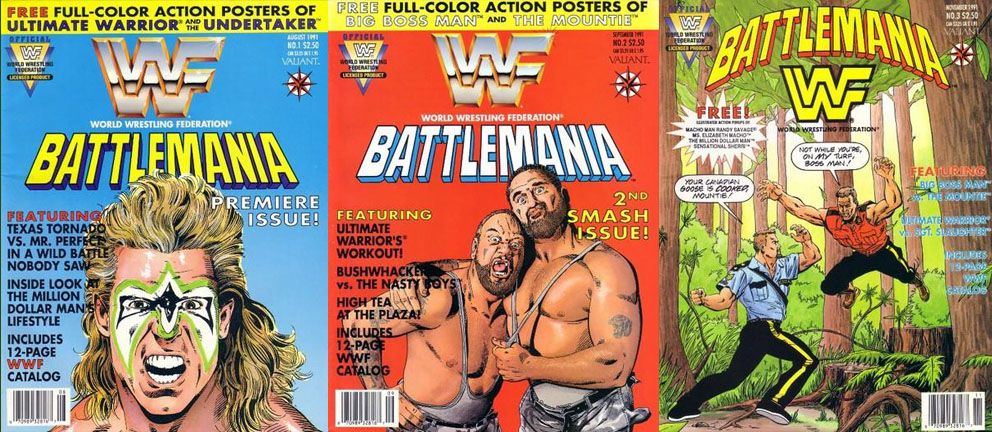(AfroGamers.com) Can you believe there have been five main games in the Myst franchise? That’s not even including the spinoffs! However, in this list of adventure games, Myst doesn’t make it.
That’s right! We’re looking at five point-and-click adventure game franchises—and one standalone—worth checking out. All are on Steam and GOG and most feature titles that make use of DOSBox emulation as they were released when DOS was a thing.
Full Throttle (LucasArts, 1995)
This was the first point-and-click adventure title I ever played. Developed by LucasArts, it’s all about a biker drawn into a larger conspiracy of the corporate takeover of America’s last motorcycle manufacturer.
Full Throttle would’ve probably made an exciting action game but I believe that the story shines more as an adventure game. The characters you meet on Ben’s mission to catch up with his gang and stop Ripburger from taking over the company by underhanded means are all interesting.
I’ll say that this is a game that I really wish had a sequel. This is a trend with games headed up by Tim Schaffer. Brutal Legend, Middle Manager of Justice, Full Throttle, and Psychonauts—which eventually got a sequel—are games that came out hard and heavy and didn’t get a deserved sequel.
Hell, it took forever for Psychonauts to get one. As for Full Throttle, I’d love to see the future adventures of Ben. Plus, no year was mentioned in-game, so plot-wise it’s a timeless adventure.

Quest for Glory (Sierra On-Line, 1989-1998)
We have a true OG of adventure games in Quest for Glory. I always felt that QfG was easy for me to get into because it was an adventure game with RPG elements. There’s a sense of progression for the character and not just the story.
It even features a good amount of combat! Like most point-and-click adventure games, dialogue is important and the characters you interact with after leaving the town of Spielberg all have something of note.
Either it’s a pun, something related to your quest, or assistance of some sort. There are few throwaway NPCs to encounter. Adding on to the RPG elements in the game is the import system.
The gameplay was pretty outside of the box for the genre but the import system was a gamechanger that wasn’t utilized in gaming regularly. As a matter of fact, BioWare franchises Mass Effect and Dragon Age are the best modern examples of this feature being used.
Basically, whatever happened in the previous game and however you developed your character’s skills transferred over to the next game. Today, that would be a simple, expected feature for some genres but in the late 1980s and early 1990s, this was a new concept!
Steel Sky (Revolution Software, 1994 and 2020)
I didn’t play Beneath a Steel Sky until 2013. It just sat in my GOG library for years as it was a game that the service gave you for free upon making your account.
This franchise takes place in a dystopian world and centers on a protagonist—Robert Foster—who is kidnapped from his surrogate family of tribals and taken to a bleak city.
He aims to find out why his tribe was destroyed and why he was kidnapped. Beyond a Steel Sky takes place a decade afterwards. This duology is here on the weight of Beneath a Steel Sky as I haven’t gotten around to the sequel—which was released over two decades later.
However, BaSS 1 is a sturdy game with a strong storyline. It was also revolutionary for featuring dialogue trees or different conversation choices leading to different dialogue from other characters.
By the time I finally played the first BaSS, I had already played many games with this feature but it was interesting to play one of the earliest games to feature it. Beyond that, the gameplay is stock point-and-click adventure: head here, grab that, take it back there, use it to do this—that sort of thing.
Broken Sword (Revolution Software, 1996-2013)
Another Revolution game and the first game I played featuring dialogue trees. It took me years to realize these games were made by the same developer.
When I played the first in the franchise—Broken Sword: The Shadow of the Templars—it was on the Gameboy Advance handheld and I pretty much skipped past the opening credits.
The franchise follows the adventures of George Stobbart and Nicole Collard following a bombing/assassination attempt in Paris. Now, George is a lawyer and chasing down assassins/thieves is above his paygrade—plus, he’s just in Paris on vacation.
What sales this adventure game is how the story unfolds and the relationship between George and Nico. It’s this relationship that results in George kind of going from lawyer to detective/adventurer.
Nicole is a journalist who always has some scoop or lead that she’s following and of course George is going to get involved.
I actually prefer the Broken Sword series to Beneath a Steel Sky since it feels like a complete series. That said, I like the background story and setting of BaSS more.
Space Quest (Sierra On-Line, 1986-1995)
Another of Sierra’s “Quest” games, I always felt that Space Quest should’ve seen another sequel or reboot. It’s everything I love about Sierra’s 2D point-and-click adventure games.
The main thing is the comedy in the franchises. In the first game, you play as Roger Wilco, a janitor on a spaceship which comes under attack. By the end of the game, a whole planet declares Roger a hero but he starts the second game as a slightly promoted janitor.
At the end of the third game, Roger manages to get to game designers to their destination but isn’t hired by Sierra’s CEO for another janitor job.
It’s not even a series about Roger striving for respect, he’s usually thrown into adventures above his paygrade and does the right the thing. The amount of “breaking the fourth wall” in this game makes this one my favorite of the “Quest’ titles.
Staff Writer; M. Swift
This talented writer is also a podcast host, and comic book fan who loves all things old school. One may also find him on Twitter at; metalswift.

















Leave a Reply